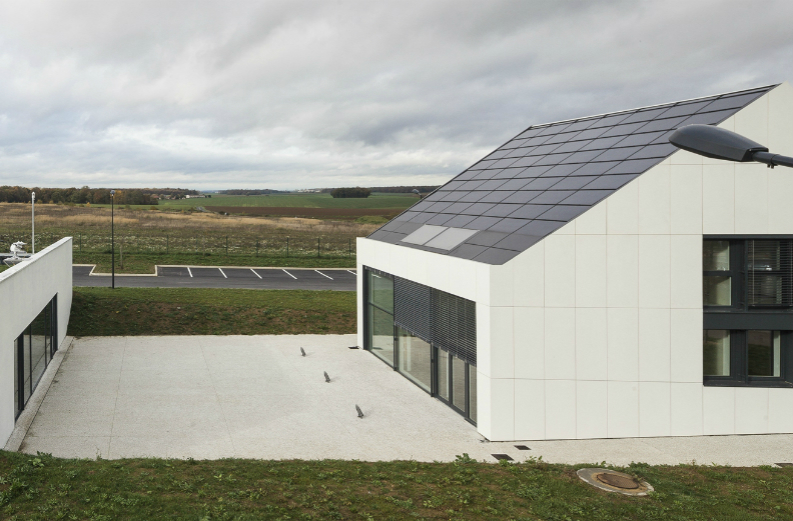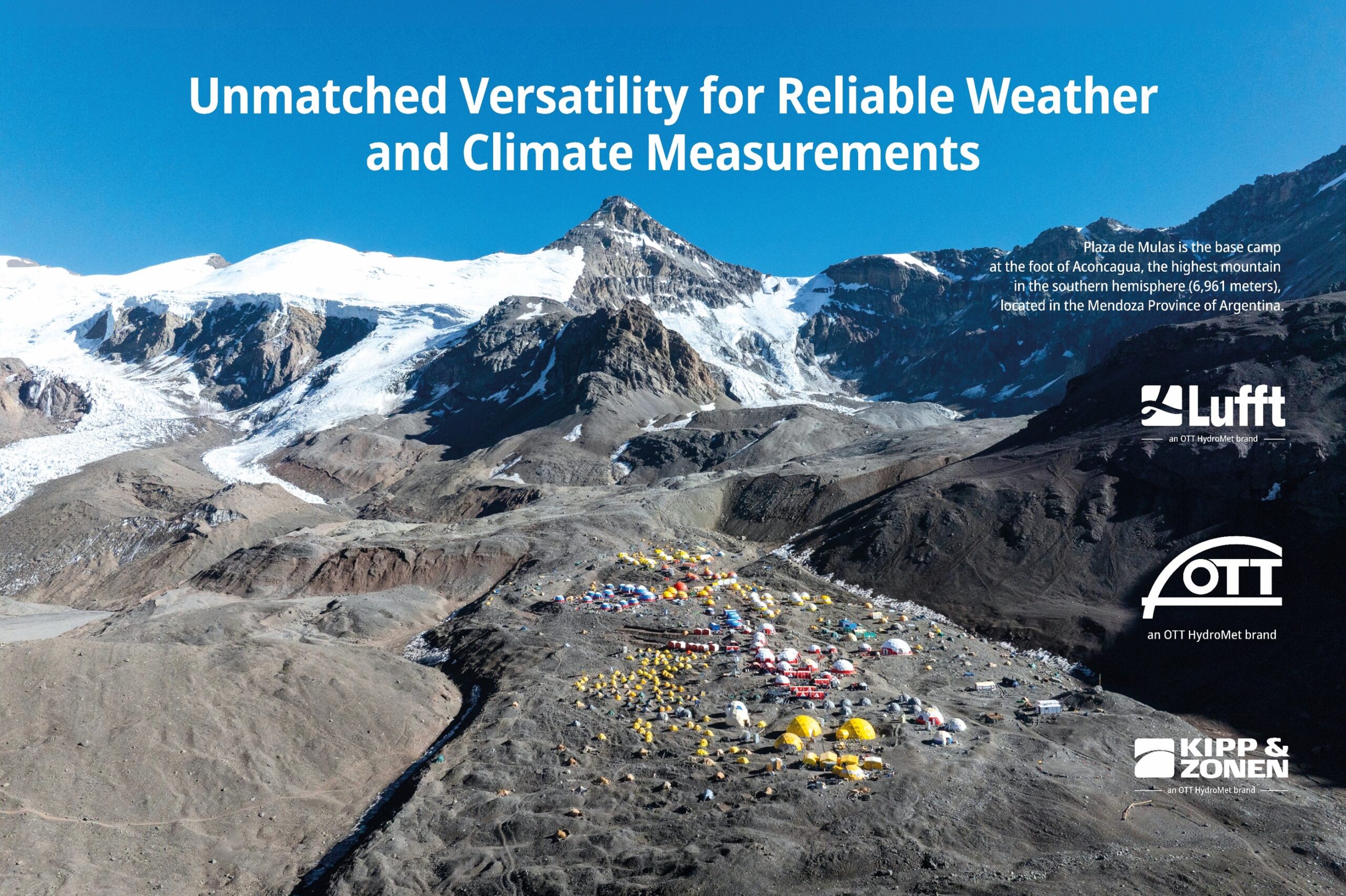The days of over-designing and over-building solar power plants to make up for unforeseen generation losses are gone. Thanks to the emerging solar strategy of pursuing every tenth of a percent of system performance by better understanding the impact of equipment specifications, plant monitoring and maintenance on the Performance Ratio; and therefore on the bottom line.
The industry is in the midst of a technology boom that is increasing the granularity of solar design improvements, with enhanced monitoring and advanced algorithms to fine-tune PV plant operations and management from a host of perspectives.
Granularity in measurement and data analysis enables more efficient operation, which results in a higher energy yield. This is because it pinpoints substandard functionality, enabling designers to improve systems and operators to enhance yield through remedial action.
This detailed monitoring and analysis can begin with the most basic of environmental problems, soiling of PV modules. For example, Kipp & Zonen’s DustIQ monitors the loss of light transmission caused by dust that can build up rapidly and results in a loss of energy conversion in the solar cells.
This more granular monitoring also takes place at the power optimisation level, within sophisticated smart inverters that are now attuned to slight deviations from the expected performance and use technologies such as maximum power point tracking, for example Huawei’s new FusionSolar string inverters.
Software to support granularity and bifacial
One of the elements of evolving solar technology that enables more granularity is better software. At the 2019 PV Systems Symposium solar industry meeting in Albuquerque, USA research and development experts gathered to compare notes on solar modeling software advances, building on widely used plant design programs by PVsyst and other companies.
A hot topic is the increasing interest in the advantages of bifacial modules, which gather reflected light from the surface below on the rear face and can boost yield by double-digit percentages. Among new approaches that take into account bifacial design issues is a trend towards three-dimensional modeling, which should also include soiling effects. This, and other, new technologies were displayed and discussed at the Symposium in May; co-sponsored by Sandia National Laboratories, CFV Solar Test Laboratory and the Electric Power Research Institute (EPRI).
One new design solution highlighted is from Australia’s PV Lighthouse. Their SunSolve software uses high performance ray tracing with SPICE, an open-source electronic circuit simulator. The company is using its software to model bifacial systems, incorporating real world data sets, including weather measurement feeds from the National Renewable Energy Lab (NREL), resulting in some two billion ray calculations. That is granularity!
Another solar software technology development underway is at the University of Iowa, where a team is developing a performance prediction model that uses a reverse ray-tracing method, based on Radiance and Python software. The Iowa project is being funded by the US Department of Energy SunShot National Laboratory Multiyear Partnership, or SuNLaMP.
NREL’s V3 Bifacial Radiance software is being used to investigate single-axis tracking bifacial design variables; including tracker table height and torque tube clearance and table separation. Such software programs are providing more advanced algorithms to help solar system designers and operators focus on the important data within key timeframes.
Optimize yield using new technologies
Once more advanced solar arrays have been designed and built, very robust monitoring of the system operation and yield is being adopted to help squeeze out as much generation as possible. Measurements are now being logged in terms of seconds, rather than minutes, with individual module performance compared in detail with other modules in an array.
For example, the build-up of dust, sand, pollen and other soiling can cut energy yield by double-digit percentages in relatively short time-scales. This is being analyzed in detail on solar modules, thanks to new technology like the DustIQ, which can measure a one percent loss of yield caused by soiling. In a recent Whitepaper, Kipp & Zonen lays out the science for advanced soiling monitoring to maximize solar yield.
Fleets of camera drones are also offering real-time monitoring data that can zoom in on specific modules, using heat-sensing and other technology to pinpoint hot spots in arrays, triggering the replacement of individual modules. Solar system owners no longer need to take the time to dispatch a technician in a truck to figure out what has gone wrong with the generation system.
Advanced communication for energy monitoring
Communicating this more detailed monitoring data is also an area of advancing technology. Rather than using hard-wired cable to transmit the data, solar plant monitoring systems are now incorporating wireless modes; including Wi-Fi, Zigbee, Bluetooth and cellular mobile networks. It is also possible to use utility power lines to transmit monitoring data . The Internet Of Things is a major part of continuing advances in monitoring technology.
Smart home automation and control systems alert users to remotely engage in energy efficiency measures, like heating and cooling, washing machine operation, battery storage, and EV charging. The systems include an analysis of the utility’s most expensive and cheapest electricity rates and helps users program home operation for optimal energy charge savings; and, of course, this can be linked with residential solar power generation.
Utilities are rapidly becoming heavy users of detailed solar monitoring data, including the manipulation of aggregated smart meter data throughout distributed solar power networks to help stabilize the grid during peak hours. This new real-time relationship between generators, distributors and consumers (large and small) is helping to optimise the construction of new electrical energy capacity. Solar-powered microgrids are also permitting communities, large buildings and campuses to operate largely autonomously.
With new energy storage systems becoming available microgrids that support emergency services, for example, can switch to back-up power instantly so that critical systems remain operational.
Better design paired with detailed monitoring
The upshot of all this new technology is that overall solar energy plant Performance Ratios are climbing at the same time that module prices continue to fall. Better design, paired with detailed monitoring, contribute to solar energy becoming more and more cost-competitive with other power sources and the future is looking sunny.
Written by Charles W. Thurston
Charles W. Thurston Charles specializes in renewable energy, from finance to technological processes. Among key areas of focus are bifacial panels and solar tracking. He has been active in the industry for over 25 years, living and working in locations ranging from Brazil to Papua New Guinea.






